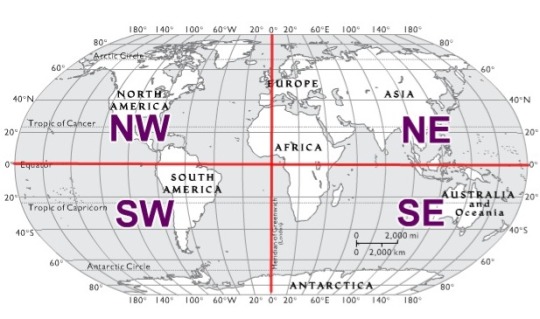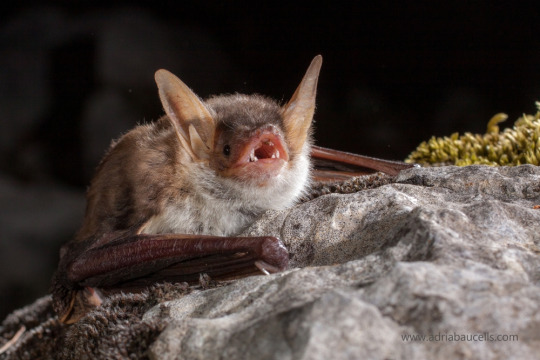#Europe / Asia
Explore tagged Tumblr posts
Text

Common or Eurasian Coot (Fulica atra), family Rallidae, order Gruiformes, found across much of Eurasia, northern Africa, and Oceania, Australia and New Zealand
The remarkable feet of coots are fissipalmate (lobed/partially webbed), which help them swim and walk across soft mud (without sinking).
Coots are not ducks, but are more closely related to rails and gallinules/swamphens (and more distantly, cranes).
photograph by Pat L. on flickr
#coot#waterfowl#fulica#rallidae#rail#gruiformes#bird#ornithology#animals#nature#europe#asia#australia#africa
5K notes
·
View notes
Text


Had loads of fun making these two illustrations for PBS Eons' latest video, on how Neanderthals were incredibly adept apex predators.
Patreon • Ko-fi • BlueSky • Instagram • Prints & Merch
444 notes
·
View notes
Text


#travelling#foreign travel#backpacking#geography#tumblr polls#Europe#America#Africa#Asia#Australia#tumbler polls
1K notes
·
View notes
Text
The Yapper

#Lesser Mouse-eared bat#bats of Europe#Bats of Asia#Bat of the day#daily bat#bat#bats#batposting#cute bats#cute animals#The yapper
472 notes
·
View notes
Text

Florine of Burgundy (First Crusade) by Gustave Doré
#gustave doré#art#florine of burgundy#crusades#crusade#first crusade#heroine#medieval#middle ages#princess#burgundy#burgundian#french#bibliothèque des croisades#crusaders#crusader#history#europe#european#turkey#anatolia#asia minor#sword#christianity#christian#muslim#ambush#mediaeval#cappadocia#seljuk turks
280 notes
·
View notes
Text

222 notes
·
View notes
Photo

The many possible definitions of the boundary between Europe and Asia
230 notes
·
View notes
Text


Historical Armenian clothing
[Top: Cilician Bride; Bottom: Woman from the Bagratid Dynasty between the 9th and 13th century]
227 notes
·
View notes
Text

GALATA TOWER - TURKEY
1K notes
·
View notes
Text



#kemetic dreams#iceland#Asia#europe#africa#east africa#Ethiopia#epic video#nature video#nature photography#nature#nature aesthetic
1K notes
·
View notes
Note
Can I have the roundest of birds? The most spherical of borbs?
Oh have i got a rounded borb for you!!



Bearded Reedling aka Bearded Tit (Panurus biarmicus) eat a tasty bug!, family Panuridae, order Passeriformes, found in wetlands across much of Europe and Central Asia
This species is the only member of this family.
photographs by David Drangsland & Kevin Robson
1K notes
·
View notes
Text

252 notes
·
View notes
Note
May I suggest the humble Eurasian Kingfisher?

Absolutely! I've always had a soft-spot for these because we dress the same way.


#eurasian bird#europe#asia#north africa#bird#birds#kingfisher#common kingfisher#eurasian kingfisher#coraciiformes#birding#birdwatching#bird watching#animal polls#poll blog#my polls#animals#polls#tumblr polls#birdblr
191 notes
·
View notes
Text
Wee Lad

#Common pipistrelle#Bats of Europe#bats of africa#bats of asia#Bat of the day#daily bat#bat#bats#batposting#cute bats#cute animals#Look at them!#I love them
405 notes
·
View notes
Text

The Battle of Nicaea in 1097 (First Crusade) by Gustave Doré
#gustave doré#art#first crusade#crusaders#crusader#siege of nicaea#crusades#crusade#medieval#middle ages#history#knights#knight#europe#european#christian#christianity#christendom#seljuk turks#turkey#anatolia#muslim#seljuk#islam#bithynia#bibliothèque des croisades#holy war#mediaeval#nicaea#asia minor
211 notes
·
View notes
Text



A Dive into the Diving Spider
The diving spider, or water spider (Argyroneta aquatica) is perhaps one of the most unique arachnid species on Earth, noted for living almost entire life completely underwater. This species is found throughout northern Europe and Asia in clear freshwater ponds, lakes, wetlands, and slow-moving rivers with lots of aquatic vegetation.
Like other spiders, the water spider does breathe air. When submerged, specialized hydrophobic hairs create an air bubble attached to its abdomen, which allows the spider to store oxygen while moving around underwater. In addition, these spiders build a web known as diving-bell webs. These webs, constructed of spider silk, are constructed underwater, and supplied with air bubbles from the surface. A. aquatica spends most of its time in these webs, leaving only to replenish its air supply-- about once every 24 hours-- or to find prey.
The diving bell spider's prey are, unsurprisingly, primarily insects. In particular they feed on water fleas, aquatic isopods, insect larvae, and small crustaceans like shrimp. Individuals catch their prey by hiding inside their webs until prey trips one of the trip-wires constructed in the surrounding vegetation. They then surge out, seize their prey, and drag it back into the air-filled web where the spider can digest it. Predators of water spiders include aquatic beetles, dragonfly larvae, and frogs. Fish can also predate upon water spiders, but they are usually scarce due to the low aquatic oxygen environment in which the spiders live.
Ordinarily, A. aquatica is a fairly plain, brown spider. Males are slightly larger than females; 18.7 mm (0.74 in) to their 13.1 mm (0.51 in) in length; this is a rare phenomenon in spiders, as females are typically larger. Males also have a longer pair of front legs. However, females were found to construct much larger nests, as they must also provide space for their eggs and young.
When a male is ready to mate, which occurs during spring, he will construct several sperm packages that he holds in his palps, or mouth appendages, while he seeks out potential mates. If he finds a receptive mate, the two will engage in a swimming ritual around her web before he gives her one of his sperm packages. Afterwards, the female constructs a sac with 50-100 eggs; she may do this up to 6 times throughout a single year. The eggs hatch 3-4 weeks after laying, and the offspring remain in the nest for another 2-4 weeks. Individuals typically become sexually mature not long after, and may live up to 2 years in the wild.
The water spider can deliver a painful bite, with symptoms of inflammation, vomiting, and fever lasting 5-10 days. However, the bite is not known to be fatal to humans.
Conservation status: The diving bell spider has not been evaluated by the IUCN. The primary threat is likely habitat destruction, although at least one area in South Korea has been designated specifically as protected habitat for the species.
Want to request an uncharismatic critter? Just send me proof of donation to any of these vetted fundraisers for Palestinian refugees!
Photos
Stephan Hetz
#water spider#diving bell spider#Araneae#Dictynidae#spiders#arachnids#arthropods#invertebrates#freshwater fauna#freshwater arthropods#freshwater invertebrates#lakes#lake arthropods#lake invertebrates#wetlands#wetland arthropods#wetland invertebrates#europe#asia#northern europe#northern asia#animal facts#biology#zoology#ecology
186 notes
·
View notes